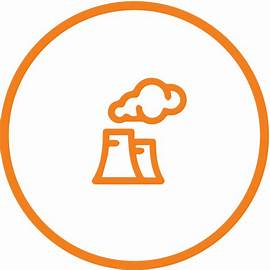Empowering Ethiopia’s Climate Response Through Data
Welcome to the platform for Ethiopia’s Climate Indicators Data. Discover how robust data drives impactful climate strategies and policies, contributing to sustainable development and a resilient future






